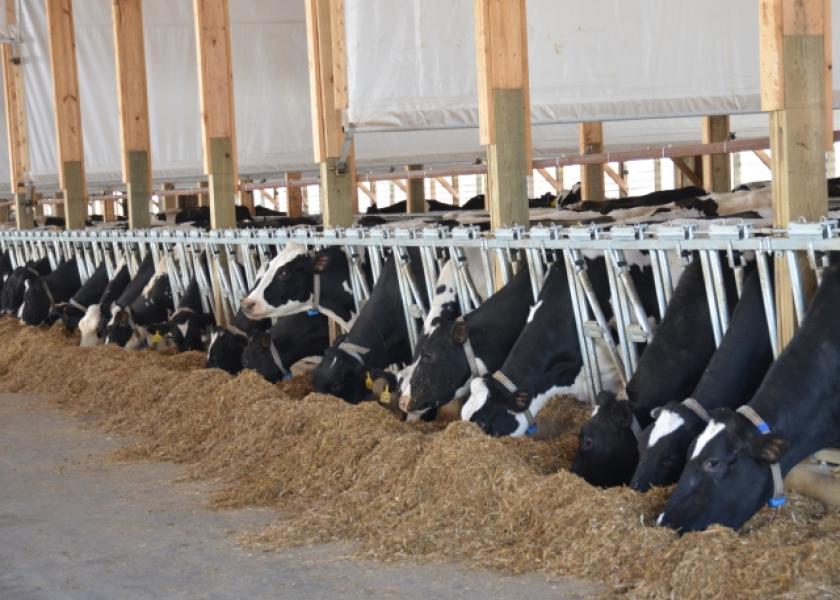Pricing Adjustments May Increase Income

Daily spot dairy prices have seen their share of volatility so far this year, but certainly not to the extent of what took place last year. Looking back at last year, we can see that much of the extreme volatility was due to the implementation of the Farmers to Families Food Box program. There were already challenges due to COVID-19 creating significant disruptions in the supply chain. The combination of all of these events pushed cheese prices to record highs in the month of July and then nearly back up there again in late October after a large drop from July into August. After the decline into November, cheese prices have generally remained in a sideways pattern of about 40 cents.
The pattern of spot prices this year has been that any price strength has been short-lived. This has embedded a bearish attitude in traders that will be difficult to break. That is why milk futures have had a difficult time putting any premium, or keeping any premium, in futures. Price increases in underlying cash have many times been met with limited increases of milk futures as traders anticipated the return of lower prices.
Strong milk production has provided sufficient supply of milk for bottling and manufacturing. Buyers have been purchasing on an as-needed basis rather than purchasing ahead of time for potential upcoming demand. This may begin to shift as more milk is moving to bottling in order to supply school systems. This is reducing some of the heavy supply away from manufacturing. This is seasonal and the market adjusts to this shift. Generally, this would move milk prices higher into the fall, but milk production running higher than last year may offset some of the increased demand.
There is some anticipation higher feed prices will have an impact on milk overall milk production as time progresses. However, the government is addressing this as well as other market factors in the coming months. Dairy farmers will be reimbursed of 80% of the revenue difference per month based on some form of calculation of the volatility difference endured during the period from July through December 2020. These payments will be regionally based. There will also be some adjustment to the Dairy Margin Coverage (DMC) program by readjusting the price calculation for income over feed in order to better reflect the cost of high quality alfalfa and will be retroactive through January 2020. More specifics will be released on these changes so there is no definite way of calculate the payments that will be received as of yet. The adjustment of the alfalfa price calculation will be available only to those who have been signed up for the DMC program. Both programs will cap benefits to 5 million pounds of milk leaving larger farms with limited benefits, but still having to navigate the markets as much as smaller producers.
There is no doubt that some farms struggled significantly last year with some exiting the dairy business altogether. Milk prices were quite volatile last year with resulting substantially lower prices due to large negative Producer Price Differentials. That seems to be an areas of most concern and should be addressed.
Most farmers that I know across the country had a very good 2020 due to all of the government benefits that were available. The result was many had to figure out what to do in order to reduce income by the end of the year to reduce their taxes. This is always a good problem to have. Improvements were made and cows were added resulting in the higher level of milk production we are currently seeing. Maybe we will see something similar again this year when all is said and done.
Robin Schmahl is a commodity broker and owner of AgDairy LLC, a full-service commodity brokerage firm located in Elkhart Lake, Wisconsin. He can be reached at 877-256-3253 or through their website at www.agdairy.com.
The thoughts expressed and the basic data from which they are drawn are believed to be reliable but cannot be guaranteed. Any opinions expressed herein are subject to change without notice. Hypothetical or simulated performance results have certain inherent limitations. Simulated results do not represent actual trading. Simulated trading programs are subject to the benefit of hindsight. No representation is being made that any account will or is likely to achieve profits or losses similar to those shown. There is risk of loss in commodity trading may not be suitable for recipients of this publication. This material has been prepared by an employee or agent of AgDairy LLC and is in the nature of a solicitation. By accepting this communication, you acknowledge and agree that you are not, and will not rely solely on this communication for making trading decisions.







